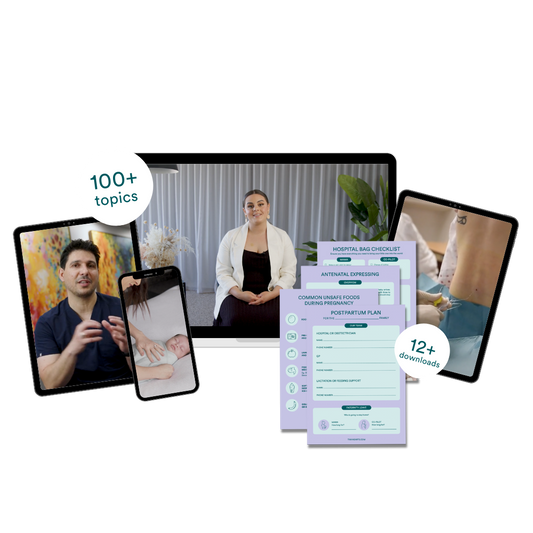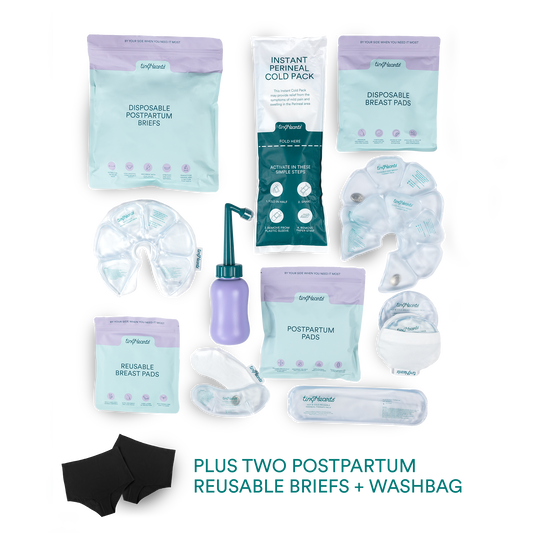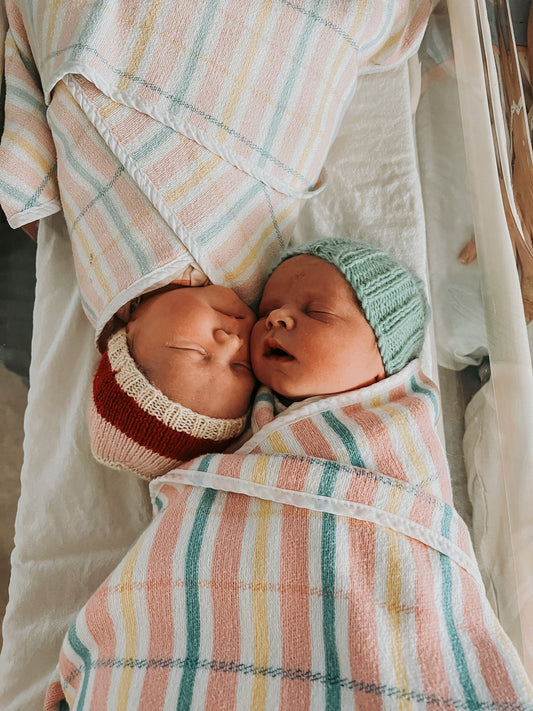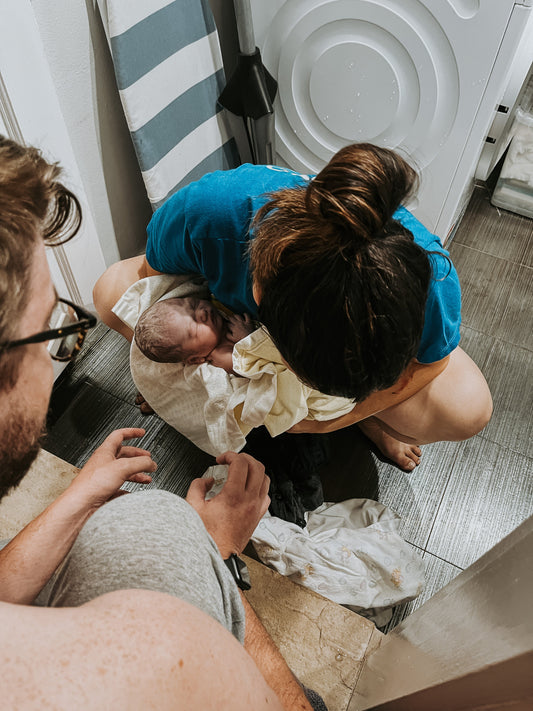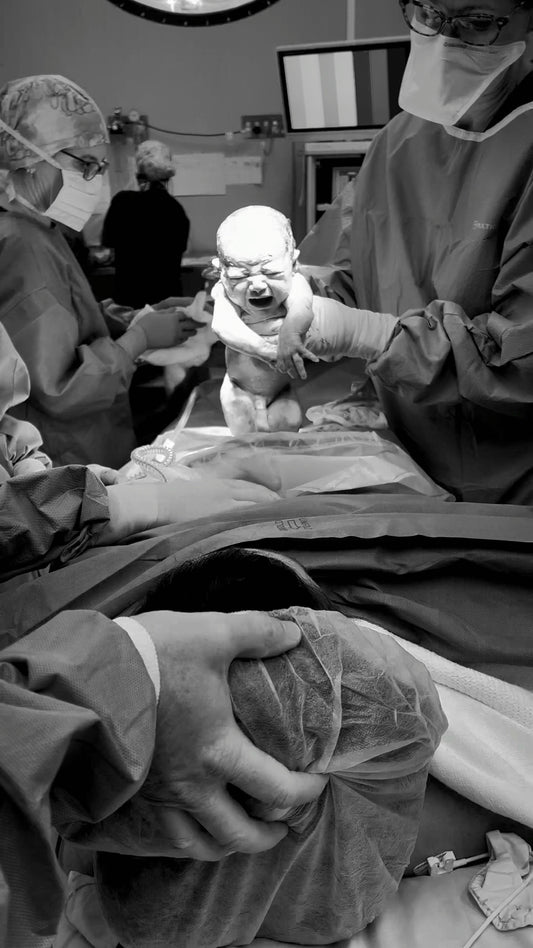Most days of motherhood are rewarding, fun and full of craziness that I wouldn’t trade for anything. Then come those rare days of the dreaded colds, vomits and fevers. These days are challenging and I have never felt a sense of responsibility more in my entire life. This little person depends fully on me and quite frankly, I’m freaking out! But my poker game face is on point...
I have been a midwife and neonatal nurse for many years, I can resuscitate babies, deliver them and manage crazy shifts, but when I became a mum I realised a new sense of responsibility, and with that came a lot of worry and panic.
One thing that used to worry me the most… fever and febrile convulsions.
Thankfully my daughter is generally a healthy child but when she does get sick you really know about it! She quickly becomes very lethargic, grumpy and HOT. I’m talking a temperature of 40-41 degrees which quickly turns me into a worrying mess.
For a long time, I’ve thought, “Fevers are bad and must be stopped.” Reflecting on my childhood I have vivid memories of having a high temperature in the night and being put in a tepid bath to bring down the fever. I know how to manage fevers and febrile patients at the hospital but at home, I didn’t have a clue and I tended to freak out.
Recently my daughter became sick, but this time her only symptoms were the grumps and a fever. I took her to the GP after a day of high temperatures with minimal relief from Paracetamol and Ibuprofen and was told it could be a virus or teething.

But another day went past coupled with another sleepless night and continuing fever of 41 degrees. She was looking very unwell so I decided to play it safe and take her to the hospital. After tests and assessments by doctors, they were certain she had a virus (Adenovirus to be exact, a nasty horrible bug).
As we were waiting for another doctor to see us my daughter seemed to be comfortably lying down and appeared as if she was about to fall asleep when my husband said, “Is she okay? I don’t think she is okay!”
I looked over to see her still, stiff and staring widely with blue lips. I jumped up and got the nurse as the tears flooded out of me. As a midwife, I knew what was happening but when it was happening to my own baby the rational, experienced midwife momentarily left me.
She was having a febrile convulsion. At the time her temperature was 39, nowhere near as high as it had been. The convulsion lasted for around 30 seconds, which felt like 10 minutes. Once it ended she cried and I cuddled her and she fed. My heart was racing for a long time afterwards but she was perfectly fine.
And it is now I want to impart some knowledge I wish I had many years ago, knowledge I’m sure I had learnt but didn’t truly resonate with me until it happened to my baby.

Important facts:
- You cannot prevent a febrile convulsion.
- Febrile Convulsions do not cause brain damage.
- One in 30 children have a febrile convulsion and they usually usually occur when bubs are between 6 months to 6 years of age.
- A febrile convulsion isn’t associated with having a high temperature. Febrile convulsions are a fit or seizure that occur when the child’s temperature changes quickly, not allowing their brain and body to adjust to this sudden elevation.
- Providing comfort to a child with fever includes giving clear fluids and Paracetamol can be given if the child is miserable. There is no benefit reducing the fever except for comfort measures and the fever will improve as the illness resolves.
- Fevers associated with common childhood illnesses are not harmful to the child and is the body’s way of assisting the immune system to fight the infection.
- A higher fever doesn’t mean your child is suffering from a serious illness. Fevers are normal! It is usually a sign that your child has a bacterial or viral infection.
What does a Febrile Convulsion look like?
- Your child may lose consciousness
- Their muscles may jerk or become stiff
- They become red or even blue in the face
- The convulsion may last seconds to several minutes
- Once the convulsion ends, your child should regain consciousness but will often be sleepy and irritable
What should you do if your child has Febrile Convulsions?
- Know that you cannot stop the convulsion.
- Try to remain as calm as possible. Don’t panic…easier said than done, I am very aware of that!
- Place your child somewhere safe, on a soft surface, lying on his or her side or back.
- Do not try to restrain them.
- Do not put anything in their mouth, including your own fingers.
- Watch and observe closely what is happening, staying with them, ensuring their safety at all times.
- Time how long the convulsion lasts.
- Never put them in a bath during a convulsion.
When to seek help:
- Call 000 or 112 if the convulsion lasts longer than 5 minutes, if your child does not wake up or looks very unwell once the convulsion ends.
- See your family doctor immediately if your child was unwell before the convulsion and the convulsion ended in less than 5 minutes.
- See your family doctor as soon as possible if the convulsion ends in less than 5 minutes.
In the case you are able to see your family doctor, it is only safe to drive your child after a convulsion if there are two adults present in the car. One to drive, one to watch the unwell child. Always drive carefully, a few extra minutes will not make any difference and your safety is paramount.
So to all of you Mama's and caregivers out there who are worrying crazy messes like me, I hope this gives you some confidence that the next time your little one has a fever you can think to yourself, “This is normal. I know what to watch out for. I’ve got this!”
Because Mama, you are doing a wonderful job and you are not alone.
References:
- The Royal Childrens Hospital Melbourne, Kids Health Info: Fever in Children
- The Royal Childrens Hospital Melbourne, Kids Health Info: Febrile Convulsions

